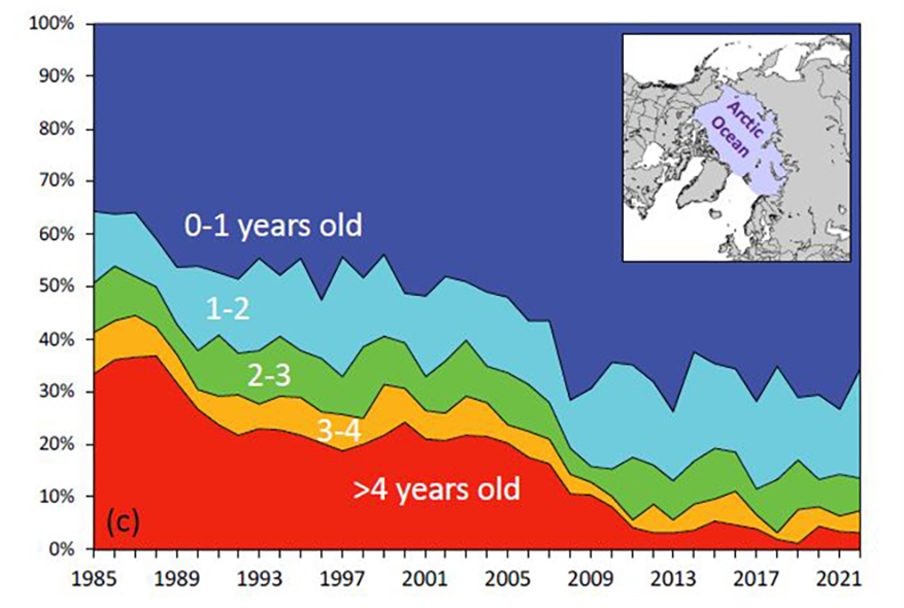The generation of designers that came up planting them along with oleander, pines, and Bottlebrush trees are resistant to the change but most landscape architects I know won't entertain planting them. The industry goes through cycles like that. In the early 2000s everyone planted Sissio like it was a wonder tree. Now nurseries barely stock them as their root problems became more evident and caused damage. Most recently Pistache and Mulgas are the trees being over planted. Ursala at the AG extension did a research project a few years back showing the Red Push may be a very drought resistant tree once established and even outperforming natives. That bolsters their use even more in the urban forestry and landscape design community.canpakes wrote: ↑Sat Sep 28, 2024 6:09 pmTrue; it’s an ‘introduced’ variety, and seen as invasive. The seeds sprout too easily and in no time, a single tree can end up fostering a community of saplings.honorentheos wrote: ↑Sat Sep 28, 2024 5:47 pmAlso, African Sumac is one of my least favorite trees. I'm sure they have their place but it isn't in Arizona.
My guess is that it was first popularized as a tree that would take no effort to grow. And, examples in some older neighborhoods do have a certain beauty about their form and trunk. Likely its continued use benefited from nostalgic memories.
When we left AZ, they were no longer being recommended by more conscientious designers or landscapers.
https://www.aznps.com/invasives/GrowNat ... _sumac.htm
But our issue is we don't know what we don't know until the full consequences of our attempts to modify the environment manifest. Native fauna evolved to rely on native plant communities to fulfill habitat needs which we largely ignore when creating mini garden transplant oasis in the desert. A sumac seed may be used by some bird species for food but displace other habitat needs a mesquite provides for the same species, for example, or no needs for another species. Or it could be perfect habitat for invasive fauna which encourages their population to displace native fauna as well. Sustainable and resilient site design practices have evolved to demand more humility and holistic multidisciplinary decision making.
